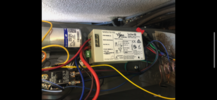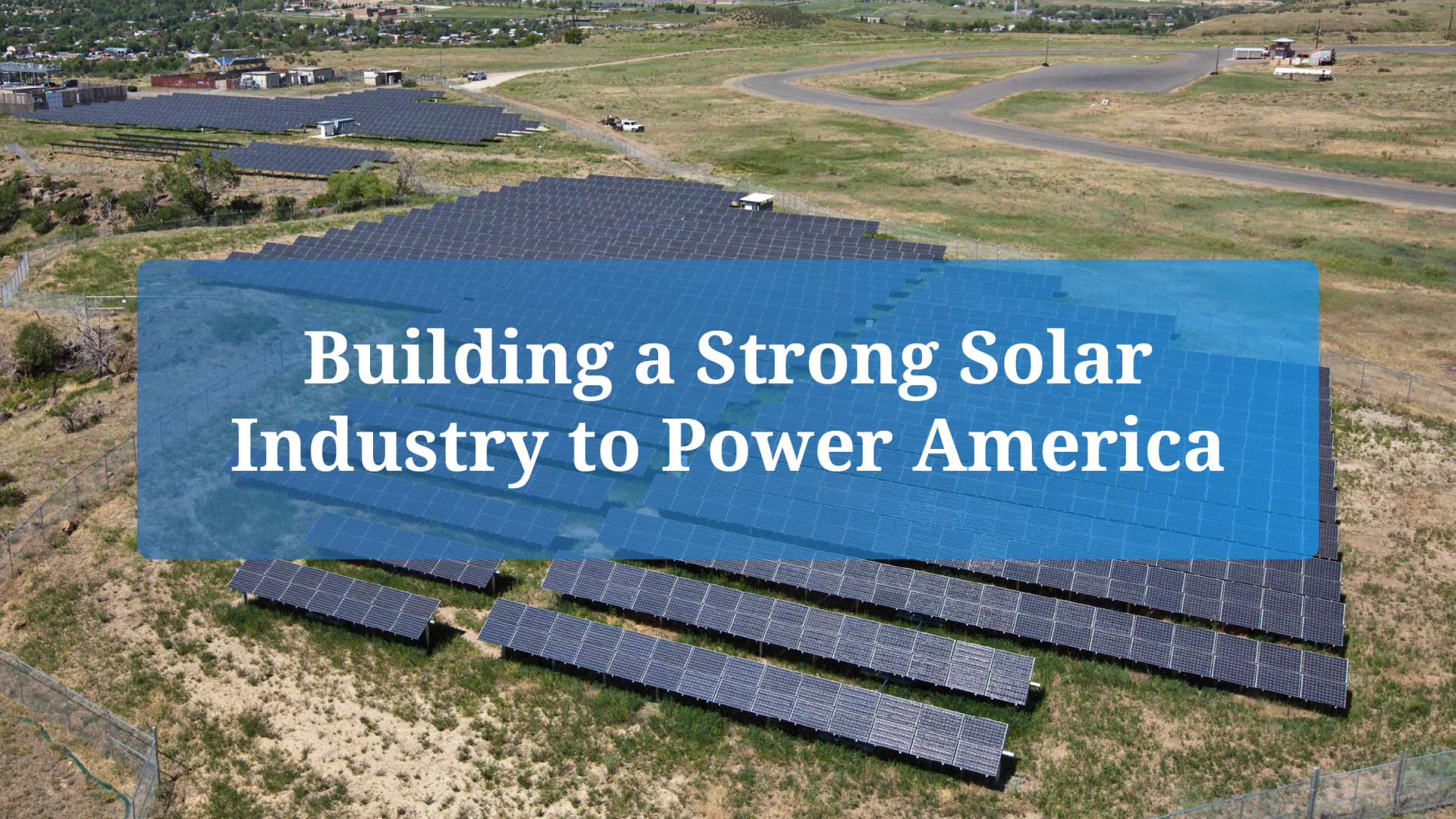@RKCRLR,
Do you have...
a) some evidence to support a claim that someone involved with the research/design Team either personally inspected or otherwise obtained your AC brand/nameplate data?
b) In the schematic (presumably the one that has the Tesla logo on it)... that clearly shows the AC circuit is on the "backup loads" side?
c) the confidence that nobody at Tesla informed you during the design/planning phase that your AC unit may not be compatible with the proposed design?
I think it is possible to literally delete the entirety of the attempt to resolve with Tesla and initially say your claim is to get a new condenser with a variable speed compressor per a 3rd party quote. Presumably, the 3rd party installer is willing to support a statement that the new condenser will remedy the situation of your AC not starting properly.
I think you should leave it up to Tesla to say another solution is a $5,000 Powerwall; and let the dispute resolution gravitate to Tesla's "option" if Tesla could make a case that their solution is better. I think you've demonstrated that you've attempted to resolve this in good faith, so you might as well go with what you know. And we know a reputable variable speed compressor doesn't have a high LRA.
@wjgjr , I personally feel small claims is better simply because lawyers are typically not allowed in small claims dispute resolution. My opinion here is that RKCRLR should have documentation literally provided by Tesla showing their intent was to back up the AC. And similarly, Tesla designers/installers (who presumably know their own AC exclusion criteria) seemed to have failed to alert RKCRLR in a reasonable way that his AC unit may not work.
I wonder, if Tesla ever sent an email to RKCRLR like "we'll try to get your AC to work, but it's a weird dual stage monster... who the heck knows!".
To your point about puffery... when I did my 3 Powerwall "whole home" backup through Sunrun, I learned "whole home" didn't actually mean the AC's. Sunrun's designers told their sales guy... ACs should never be backed up. If the customer wants AC on the backup side, then the salesman needed to clearly confirm that the customer understood the risks. But based on RKCRLR's posting here, I get the feeling at no point in time during the installation did he feel AC's were out of scope.
Edit, I don't know what the Tesla contract looks like, but it's possible RKCRLR waived his right to pursue small claims as a resolution path. So I guess he could be stuck with the process that lets Tesla lawyer RKCRLR to death. Sad.







